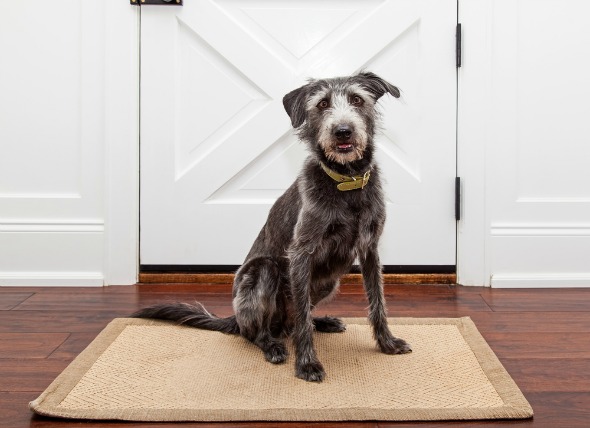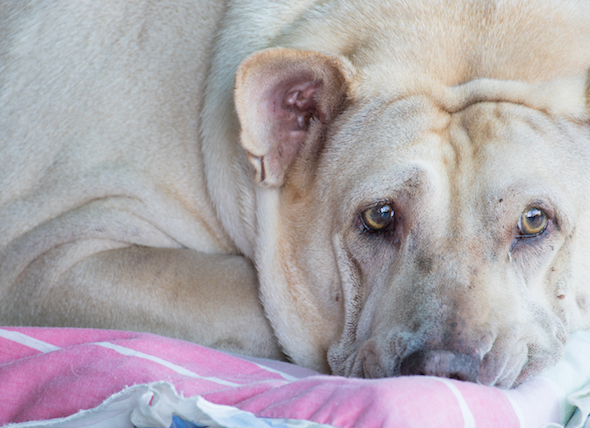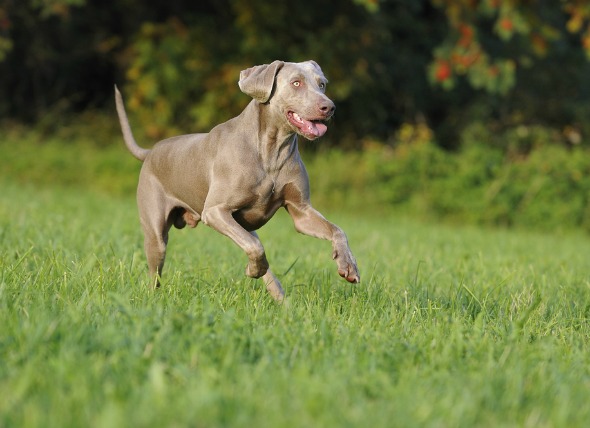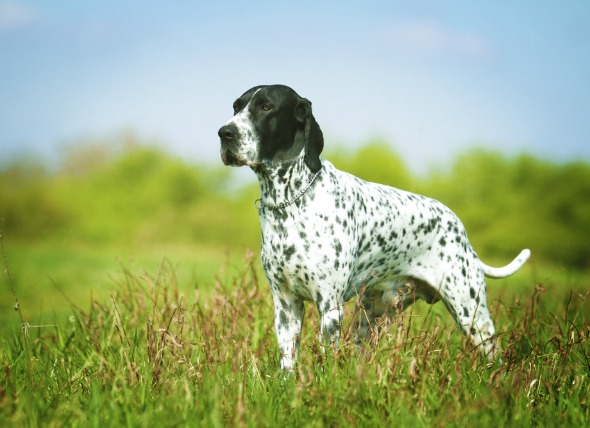Your dog is vigorously playing in its favorite dog park when the next day you notice that he is suffering a limp on his right limb. Though it does not affect him that much, you are still worried. Take special notice because the now and then limping of your dog maybe a sign of degenerative joint disease. The limping may come suddenly or gradually and the pain that degenerative joint disease causes your dog can be continuous or alternating.
Degenerative joint disease (DJD) affects the cartilage in a joint that acts as a shock absorber and provide lubricants for joints. This cartilage is called articular cartilage. Once it is damaged, you can never treat it. Instead, it leads to inflammation and swelling. Injury or damage to the joints can be cause by hip dysplasia, osteochondrosis (OCD), cranial cruciate rupture in the knee or a traumatic injury. DJD can be diagnose by means of a radiograph or X-ray, perform a computed tomography scan or extract fluid samples from the joint. The treatment of degenerative joint disease will depend on the condition of every dog.
Dogs that are positive of DJD according to their radiograph results but does not manifest or show any symptoms of lameness does not need any treatment. However, to dogs that experience intermittent lameness, a veterinarian may prescribe an anti-inflammatory drug and complete rest until there is an improvement. If the lameness of the dog improves then a controlled, moderate and regular exercise plus supplements that will protect cartilage may be given to the dog.
Moderate exercise means activities that do not cause more injury to joints such as walking and swimming. Moderate and regular exercise will give additional strength to the muscles that help support the joints. Moreover, it will help your dog to loose weight. It is important that dogs maintain their average weight because the more weight they gain the more stress it puts on their joints, meaning more pain. Hence, moderate and regular exercise is one way of coping up with DJD.
Medical advancement is a great help for our dogs to live a healthy and happy life. However, if despite all the advise and medications taken by your dog he does not still show any improvements, then you may consider surgery for your beloved pet. The common surgical procedures for dogs experiencing degenerative joint disease are total hip replacement, joint arthroplasty (removal of a portion of the bone), or arthrodesis (fusion of the joint).

 Lead Poisoning in Dogs
Lead Toxicity in Dogs
Lead poisoning (toxicity),
Lead Poisoning in Dogs
Lead Toxicity in Dogs
Lead poisoning (toxicity),
 Transitional Cell Carcinoma of the Urinary Tract in Dogs
Transitional Cell Carcinoma of the Renal, Bladder and Ur
Transitional Cell Carcinoma of the Urinary Tract in Dogs
Transitional Cell Carcinoma of the Renal, Bladder and Ur
 Mast Cell Tumor (Mastocytoma) in Dogs
Connective Tissue Tumors in Dogs
Mast cell
Mast Cell Tumor (Mastocytoma) in Dogs
Connective Tissue Tumors in Dogs
Mast cell
 Intestinal Cancer (Adenocarcinoma) in Dogs
Adenocarcinoma of the Stomach, Intestine, or Rectum in D
Intestinal Cancer (Adenocarcinoma) in Dogs
Adenocarcinoma of the Stomach, Intestine, or Rectum in D
 Liver and Spleen Cancer (Hemangiosarcoma) in Dogs
Spleen and Liver Hemangiosarcoma in Dogs
Hemangio
Liver and Spleen Cancer (Hemangiosarcoma) in Dogs
Spleen and Liver Hemangiosarcoma in Dogs
Hemangio